SOHRAB HURA
MOVING LIKE CHILDREN
At that time, perhaps in my own naivety, a beautiful naivety that I lost somewhere along the way, the question of honesty stopped me. It wasn’t the kind of honesty that photography has forever been burdened with: that unrealistic expectation of being representative of some sort of truth that for some inexplicable reason we continue to mark photography with, instead, ‘honesty’ that mattered to me at the time was one where my work felt aligned with the intent with which I made it. It was about having a position from where I could take responsibility for my work. ‘Life is Elsewhere’ was intended to be a journal but towards the end of it, I had begun to realize that I recognized how to make photographs to perform a particular act and to invoke in the viewer a desired reaction. If that was the case, then was I starting to perform for the camera as well? Was I unconsciously or even consciously trying to use a certain kind of photography to protect myself from points of vulnerability? In that case was my work ever real? You see… For someone who had to teach himself everything from scratch and more importantly for someone who had barely found his feet in this world in general, there could be nothing worse than an onset of doubt whose depths seem to swallow him in its flow.
Around then I had started to work with children and I was charmed by the way they moved with the camera: Carefree, raw, and unconscious of the baggage that came with being a photographer. Awkwardly unabashed in the physicality of their movement with the camera and approach to whatever and whoever they photographed, it made me realize the stiffness in the formality, or more precisely, in the consciousness of my own process. Today this very idea of the physicality of movement turns to an important push in my approach. It helps me to slow or fasten the pace of the material I create for my work, I can now willingly be more aggressive or tender or even indifferent in the way I photograph. How I weave in and out elements like pace, distance, time, pitch and intensity in my work matters to me over the starting point of form, even if the use of the latter is at times indispensable for me to achieve my objective, whatever that may be. It is this malleability of photography, not only in my perception of it as a viewer but also in my usage of it as a creator, that forms the skeleton upon which the flesh of my work is laid. Back then it had started to become clear that I had to unlearn everything I knew and in fact I had to let go of being a photographer altogether and the acceptance of that initiated the beginning of the work ‘Look It’s Getting Sunny Outside!!!’ I couldn’t be surer that, the distance that existed between myself and my home, my mother and Elsa, all of whom I had photographed at the time of ‘Life is Elsewhere’, now needed to be removed or at least reduced. Think of it as a scab on your knee that you keep picking on. You keep peeling off different layers of brown, then pink and then ultimately it starts to turns more and more red and beautiful with the peeling of each layer. It can be painful along the way but it’s also a bit obsessive. Hitting that sweet spot of red is what I needed to do.
(An excerpt from A PROPOSITION FOR DEPARTURE, 2017)
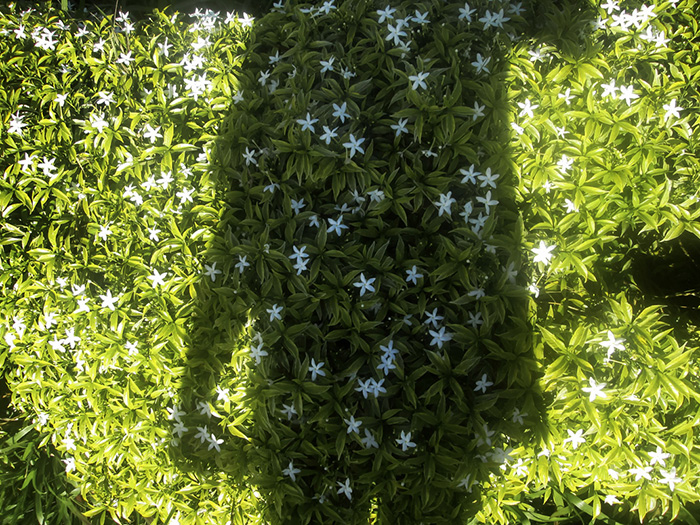
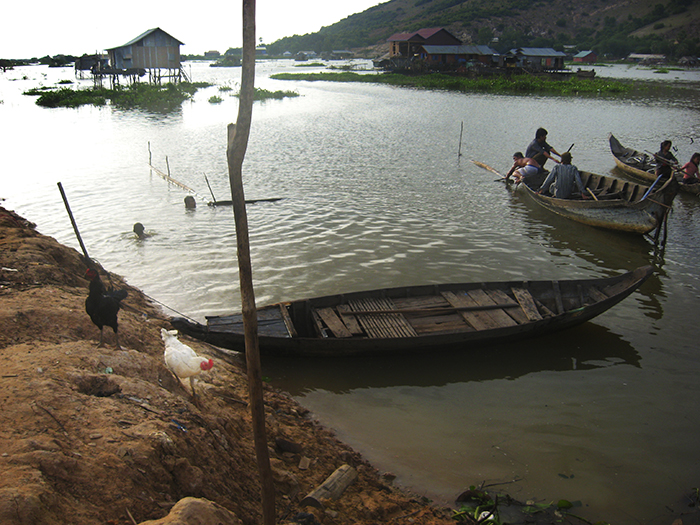
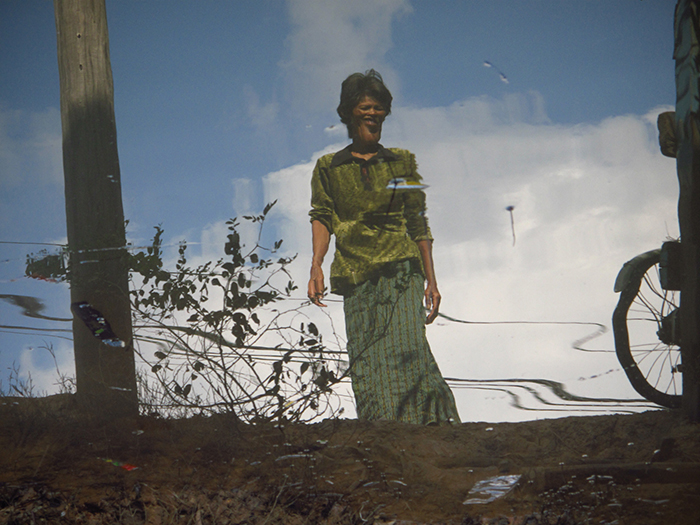
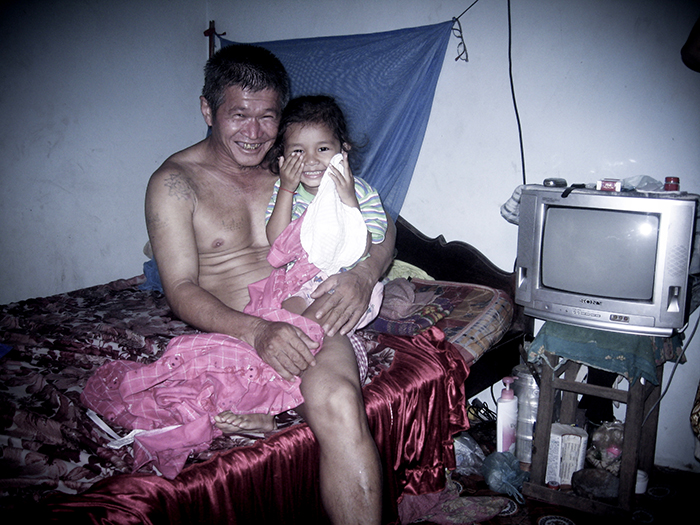
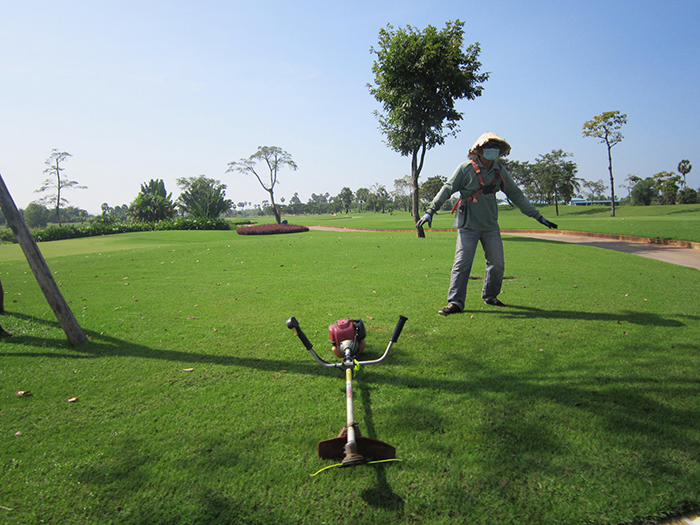
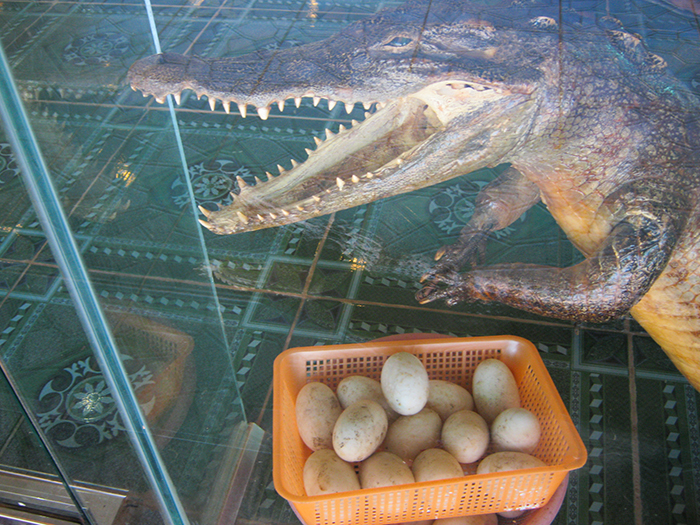
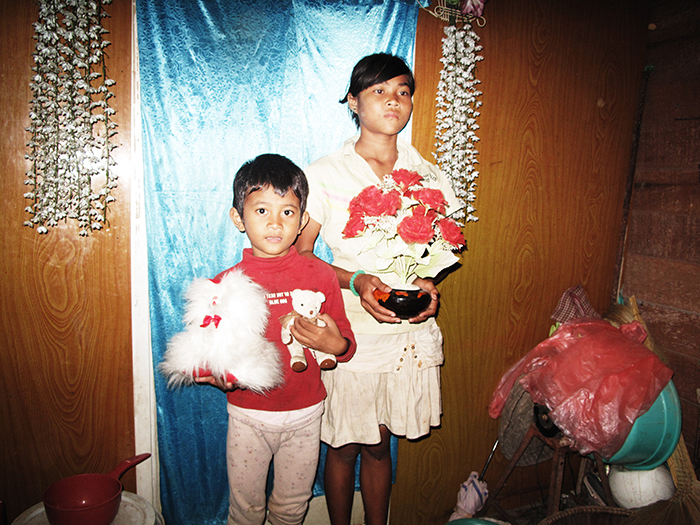
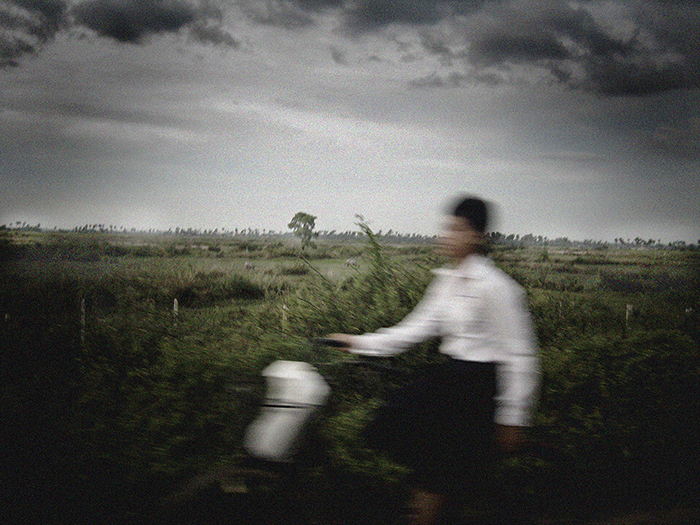
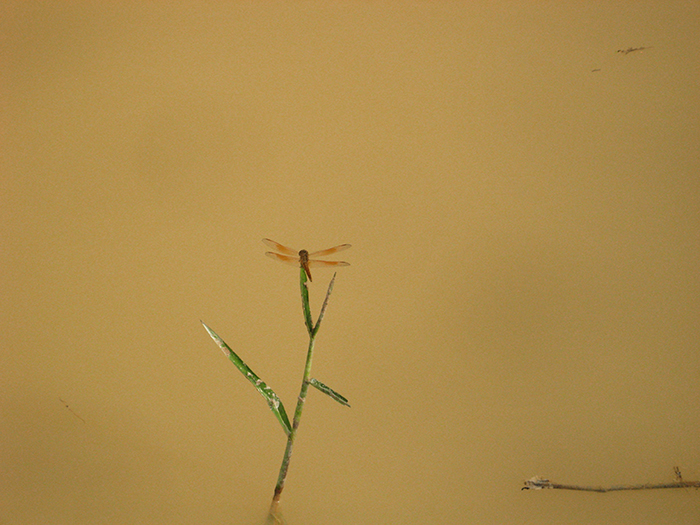
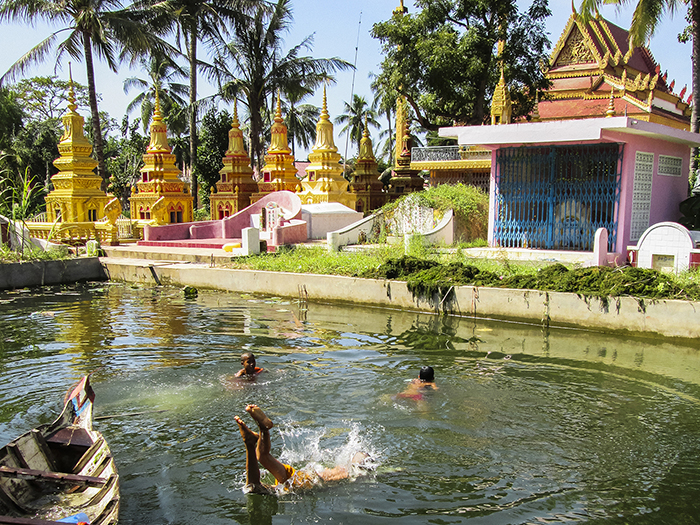
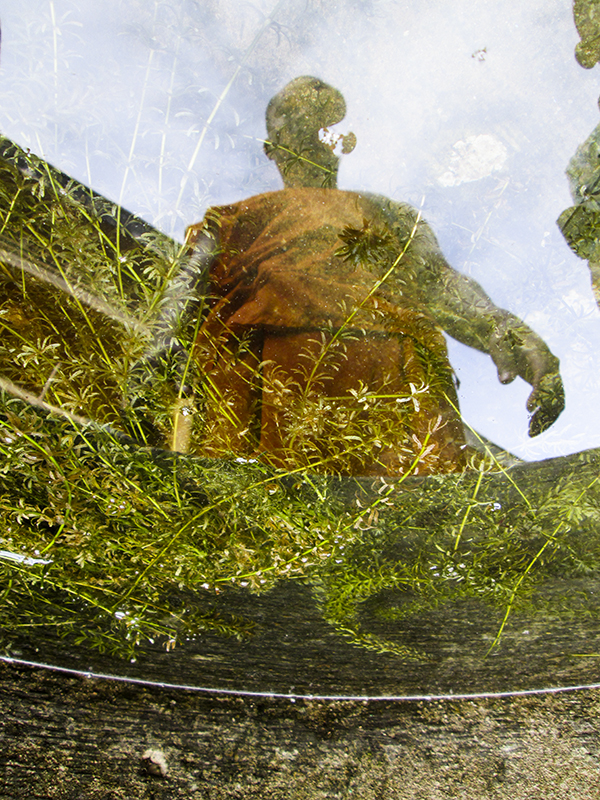
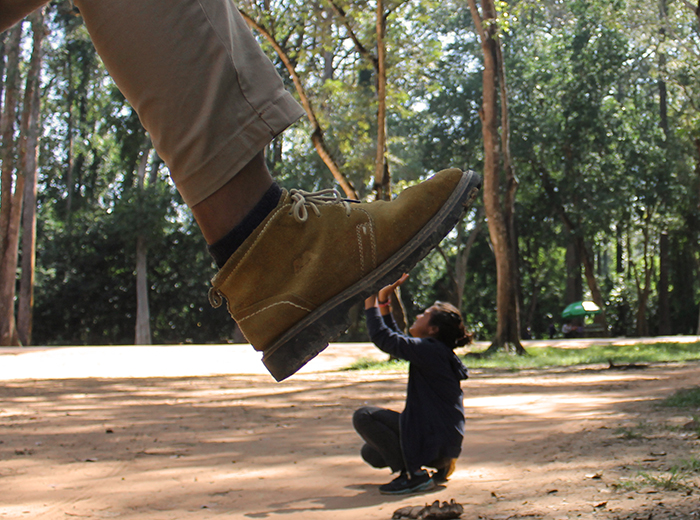
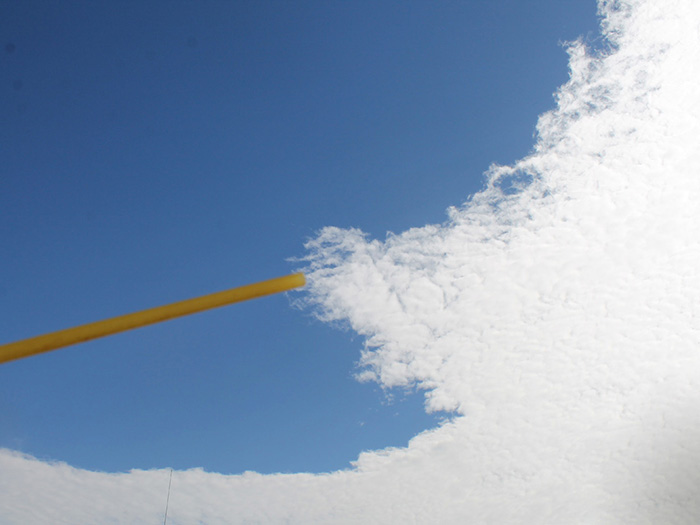
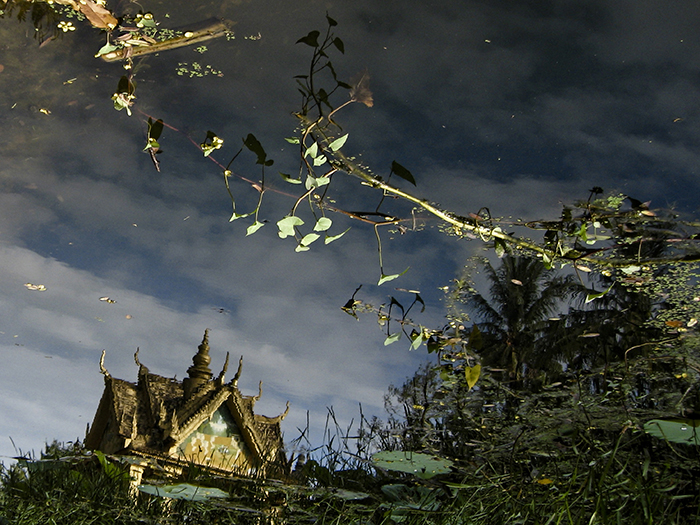
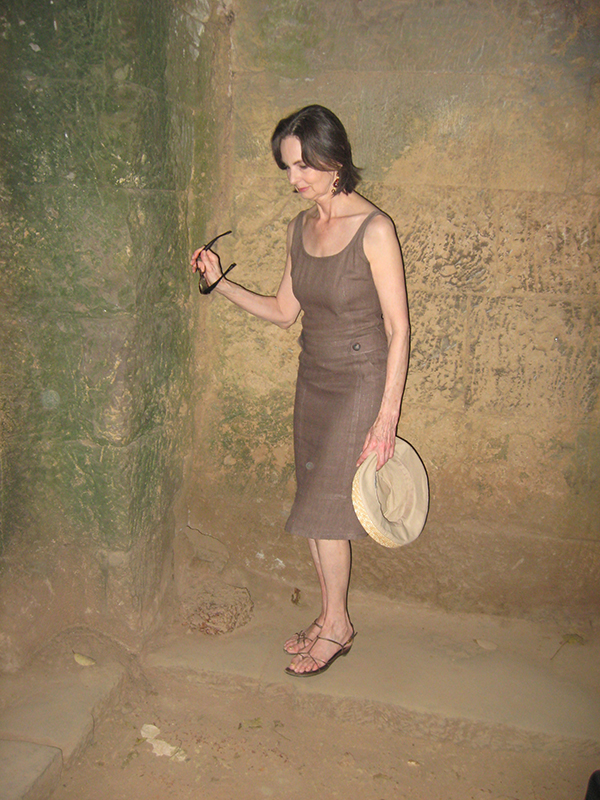
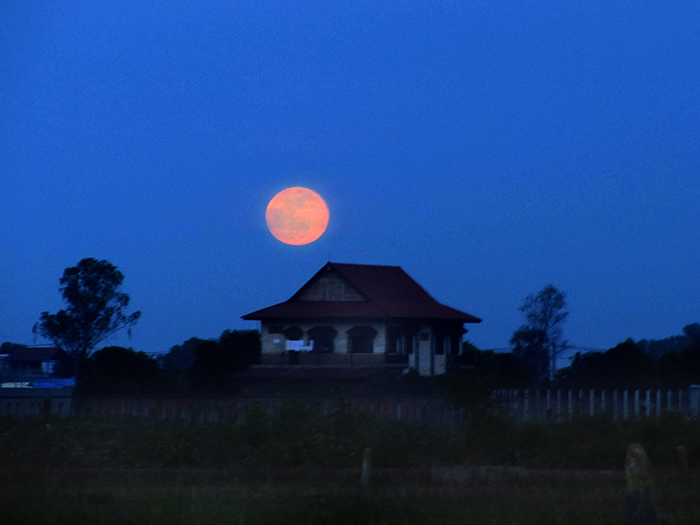
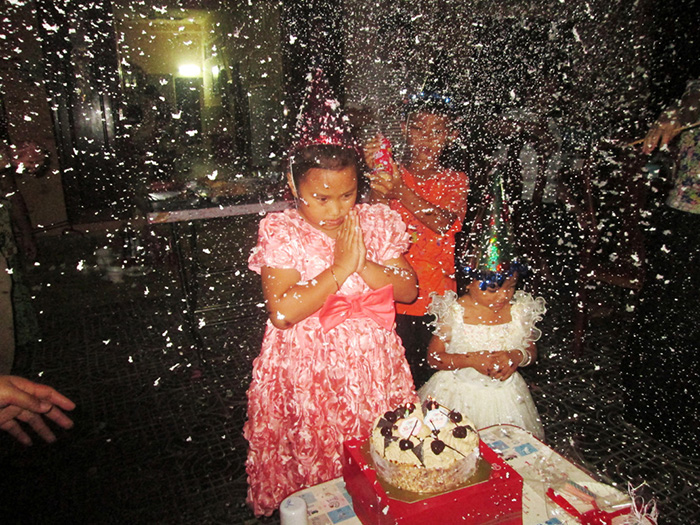
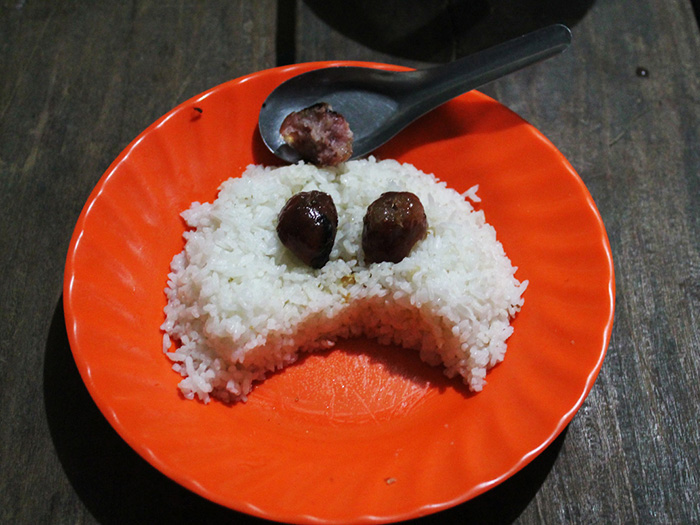
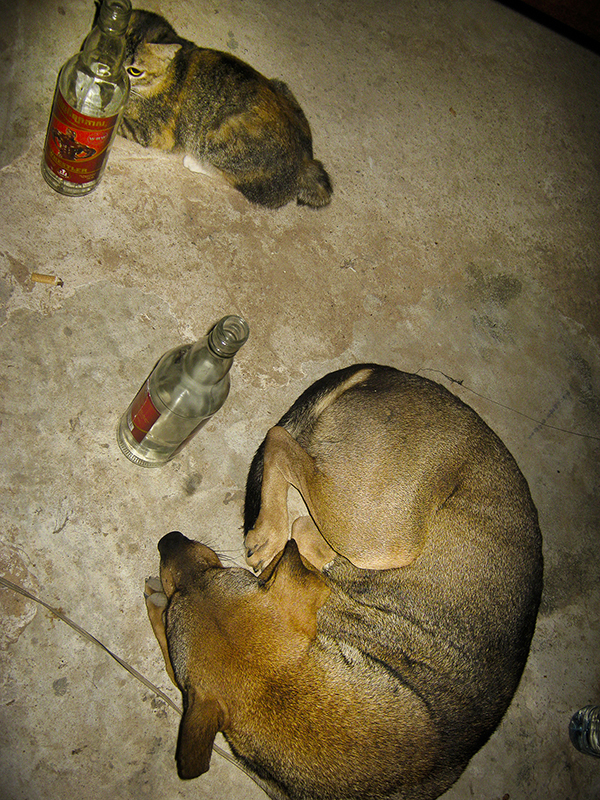
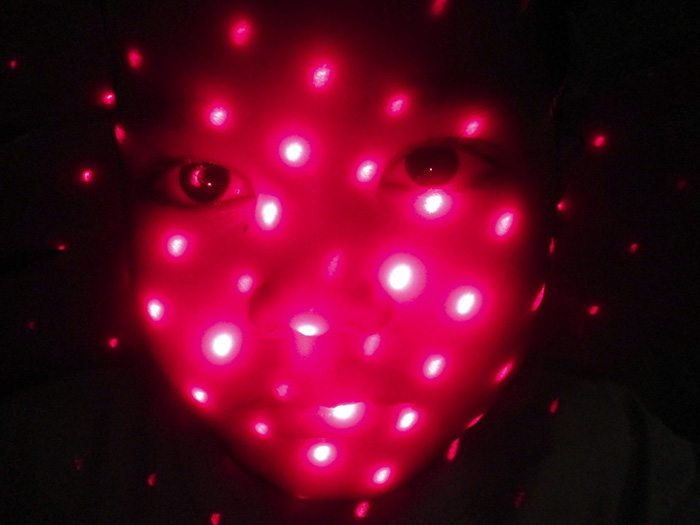
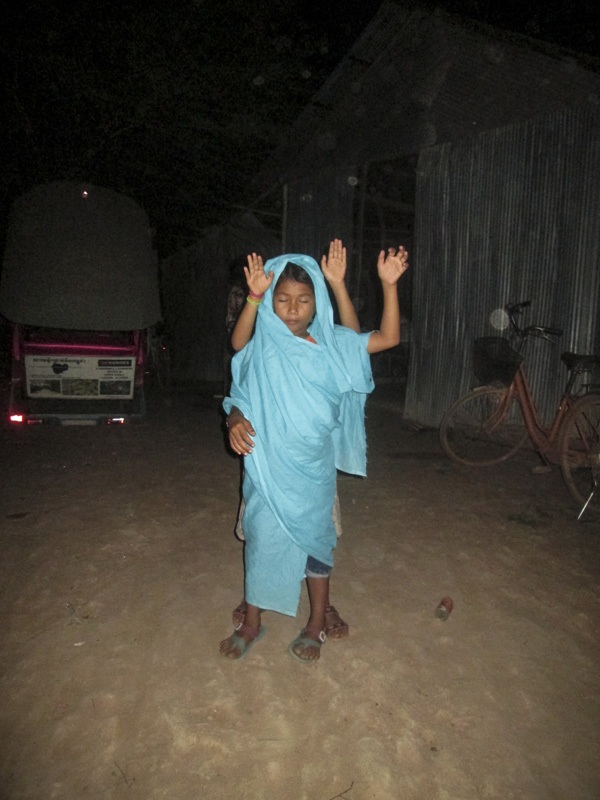
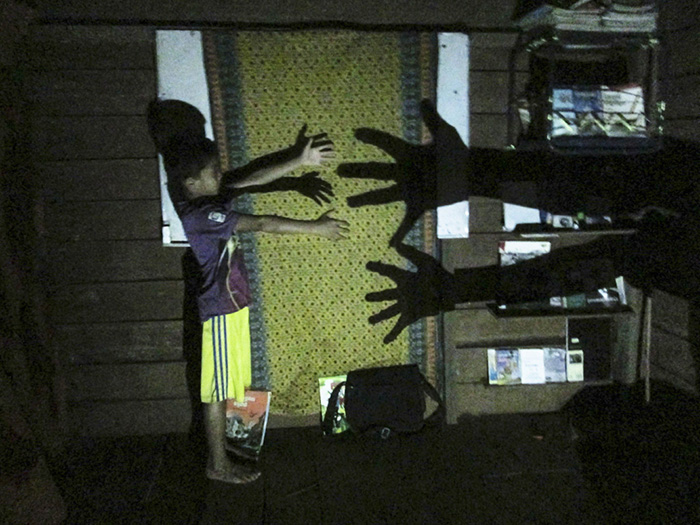
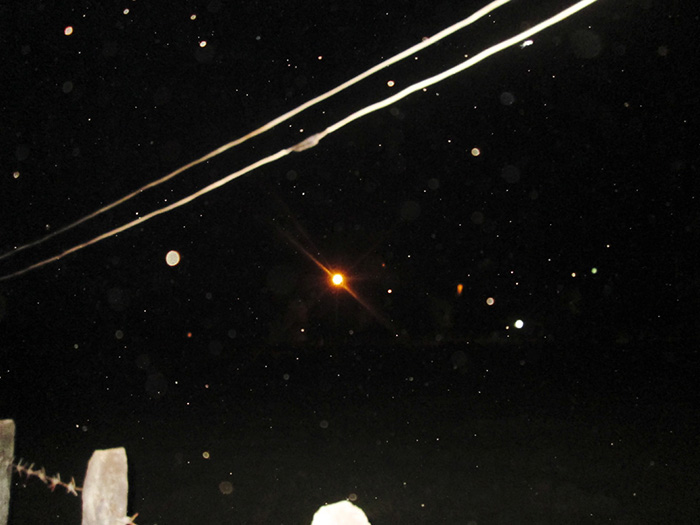
Photos by Lomrong, Borit, Pengly, Rattanak, Rattana, Amphai, Phanna, Preuk, Kimmuoy, Srepech, Mony, Sovann, Sokchan, K-Sok Chea, Champai, Karona, Sreylane, Tokay, Sokly & Odam
This is a tiny glimpse of the magic archive of Anjali House photo workshops… The children’s photography workshops as part of the Angkor Photo Festival around 2006. The photography workshops were started to introduce extra-curricular activities for the students at Anjali House who were mostly between the ages of 10 and 16 years. I started teaching in the children’s workshop in 2008 (I was a student myself at the main Angkor Photo Workshops the year earlier in 2007) and I continued on as the coordinator of the workshop for many years thereafter. The thing is that I was never the one ‘teaching’ but instead thanks to the kids I ended up seeing the world in the most beautiful way. Being part of these workshops is perhaps one of the best things to have happened to the way I started to see the world. These workshops are still run every year and in fact now so much more is part of the class curriculum through-out the year. You can have a look at their website anjali-house.com to see what they are up to. They are always looking for support.
Anjali House is a locally-run Cambodian NGO based in Siem Reap, supporting vulnerable children through education, scholarships, and community engagement.
—
Sohrab Hura was born in 1981, in Chinsurah, West Bengal, India. He is a photographer and filmmaker. His work lies at the intersection of Film, Photographs, Sound and Text. By constantly experimenting with form and using a journal like approach, many of his works attempt to question a constantly shifting world and his own place within it. Some of his recent solo and group exhibitions include SPILL (Huis Marseille voor Fotografie, 2021), THE COAST (Liverpool Biennial 2021), VIDEONALE (Kunstmuseum Bonn 2021, 2019), SPILL (Experimenter, India 2020), COMPANION PIECES: NEW PHOTOGRAPHY (The Museum of Modern Art, New York 2020), HOMELANDS: ART FROM BANGLADESH, INDIA, AND PAKISTAN (Kettle’s Yard, 2019), THE LEVEE: A PHOTOGRAPHER IN THE AMERICAN SOUTH (Cincinnati Art Museum, 2019). His films have been widely shown in international film festivals. THE COAST (2020) premiered at Berlinale 2021 while BITTERSWEET (2019) was awarded the Principal Prize of the International Jury at the 66th International Short Film Festival Oberhausen 2020. THE LOST HEAD & THE BIRD (2017) had previously won the NRW Award at the 64th International Short Film Festival Oberhausen 2018. Sohrab Hura has self-published five books under the imprint UGLY DOG. His book THE COAST (2019) won The Aperture – Paris Photo PhotoBook of the Year Award 2019 and LOOK IT’S GETTING SUNNY OUTSIDE!!! was shortlisted for the same award in 2018. The exhibition GROWING LIKE A TREE (2021) opened in January 2021 at Ishara Art Foundation marking his inaugural curatorial project. The second iteration of this curated exhibition titled STATIC IN THE AIR opened at Ishara Art Foundation, Dubai over six slow transformations in September 2021. His work can be found in the permanent collections of MoMA (New York), Ishara Art Foundation, Cincinnati Art Museum and other private and public collections. Hura lives and works in New Delhi, India.
